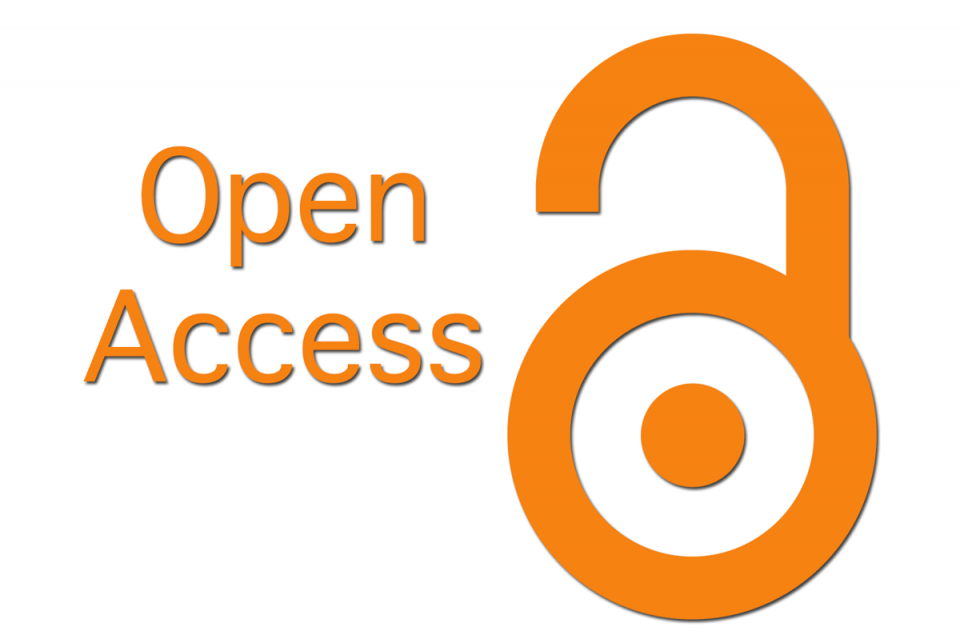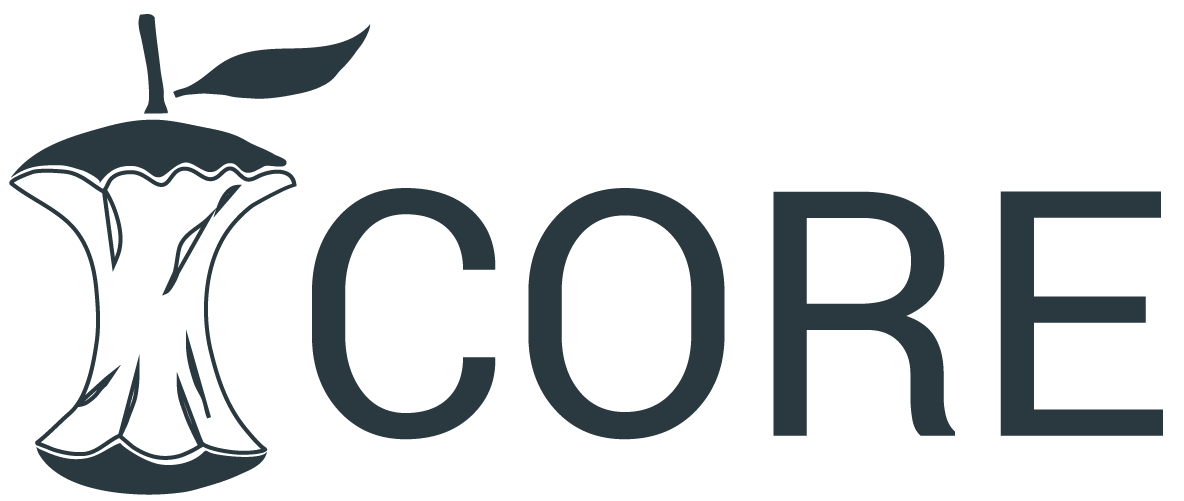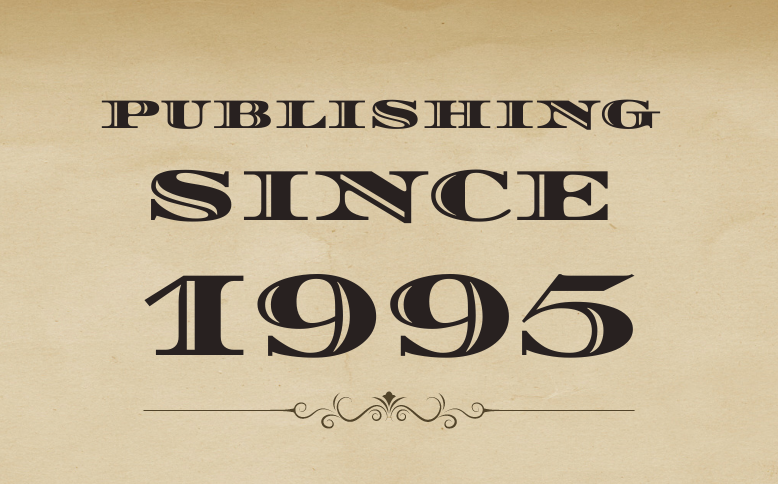SMART LOCK SYSTEM USING OTP
Abstract
Humans have invented locks since ancient times, to use them to protect their privacy and personal belongings. They are constantly evolving over the ages for better protection. But the problem is that locking the door these days is not safe and can be easily bypassed. Our doors can be forgotten, and this is a common occurrence for most people. Locks are trying these days to depends on technology by using a code or phone or by card to make our things safer. But there are limits, which are the lack of features to be combined in one place. also, the lack of high-security features. To solve this problem, we need to combine all the modern security features into one lock as well as monitoring features.Thus, we have high security, comfortable opening, and closing systems, and features that help us easier and faster, all requirements do not conflict and help to make our homes safer than before. Today, the provision of a home security system has become an important study in adopting the latest technology to achieve this goal. Wireless network is one of the technologiesused to provide remote monitoring and control of household items. This paper aims to propose a key departmental security system based on Raspberry pi technology where cameras, keypad and pi-lids are used to provide a terrific powerful system to notify the owner, and to inform visitors by giving them a User ID. For this reason, only authorized people will be allowed to enter the departments.The system works by capturing guests with a summary with a code and a camera mounted on the doors at the same time, such snippets will be sent to the owner. The proposed system could beexpanded to accommodate various facilities and services such as banks and offices.
Downloads
References
https://realpars.com/servo-motor/ https://www.arduino.cc/en/Guide https://automation- insights.blog/2017/06/07/what-is-a- capacitive-sensor/ https://www.keyence.co.in/ss/products/sen sor/sensorbasics/proximity/info/
Khan, M., Ansari, M.D., “Security and privacy issue of big data over the cloud computing: A comprehensive analysis”, International Journal of Recent Technology and Engineering, 2019, Vol. 7-Issue 6, PP-413-417.
Venkataiah, V., Mohanty, R., Nagaratna, M., “Application of hybrid techniques to forecasting accurate software cost estimation”, International Journal of Recent Technology and Engineering, 2019, Vol. 7-Issue 6, PP-408-412.
Das, S., Nayak, S.C., Nayak, S.K., Sahoo, B., “A GA-based polynomial FLANN with exploration and incorporation of virtual data points for financial time series forecasting”, International Journal of Recent Technology and Engineering, 2019, Vol. 7-Issue 6, PP-422-430.
Sruthi, P., Premkumar, L., “Attribute- based storage supporting secure de- duplication of encrypted data in cloud”, International Journal of Recent Technology and Engineering, 2019, Vol. 7-Issue 6,PP-418-421.
Mishrara, R., Khare, V., “Low cost HD video surveillance and recording system using raspberry Pi”, International Journal of Recent Technology and Engineering, 2019, Vol. 7-Issue 6, PP-22-25.
Downloads
Published
How to Cite
Issue
Section
License

This work is licensed under a Creative Commons Attribution-NonCommercial-NoDerivatives 4.0 International License.
You are free to:
- Share — copy and redistribute the material in any medium or format for any purpose, even commercially.
- Adapt — remix, transform, and build upon the material for any purpose, even commercially.
- The licensor cannot revoke these freedoms as long as you follow the license terms.
Under the following terms:
- Attribution — You must give appropriate credit , provide a link to the license, and indicate if changes were made . You may do so in any reasonable manner, but not in any way that suggests the licensor endorses you or your use.
- No additional restrictions — You may not apply legal terms or technological measures that legally restrict others from doing anything the license permits.
Notices:
You do not have to comply with the license for elements of the material in the public domain or where your use is permitted by an applicable exception or limitation .
No warranties are given. The license may not give you all of the permissions necessary for your intended use. For example, other rights such as publicity, privacy, or moral rights may limit how you use the material.









